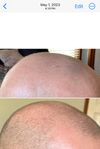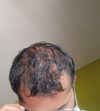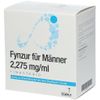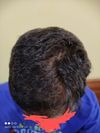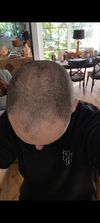community HUGE: Pyrilutamide seems to be stable for at least 3 weeks into KB solution. So, that means stable with water content and not degradation according to Anageninc! They will keep testing the stability further. Check the video! Many thanks to the guy AlphaMode.
The potential stability of pyrilutamide in a mixture with water, and how it could be used in combination with Minoxidil and Finasteride to treat hair loss.
